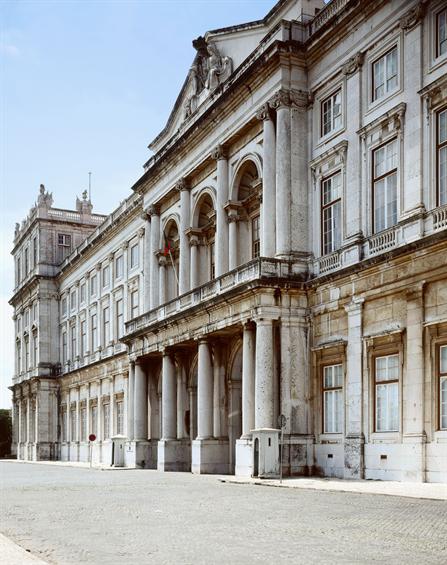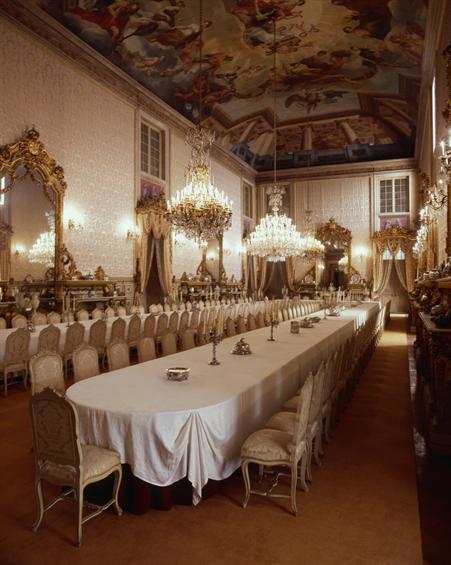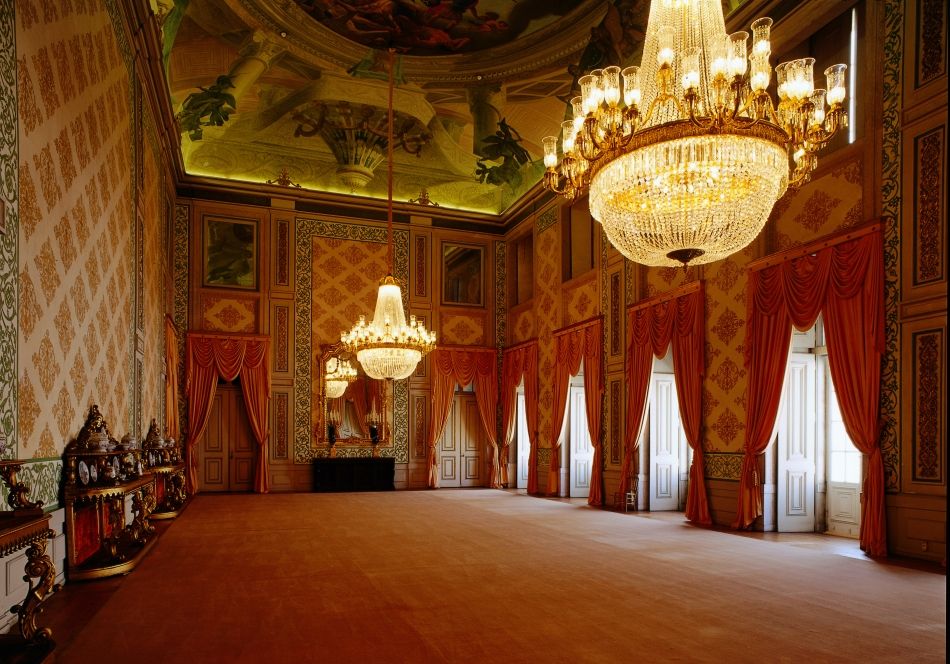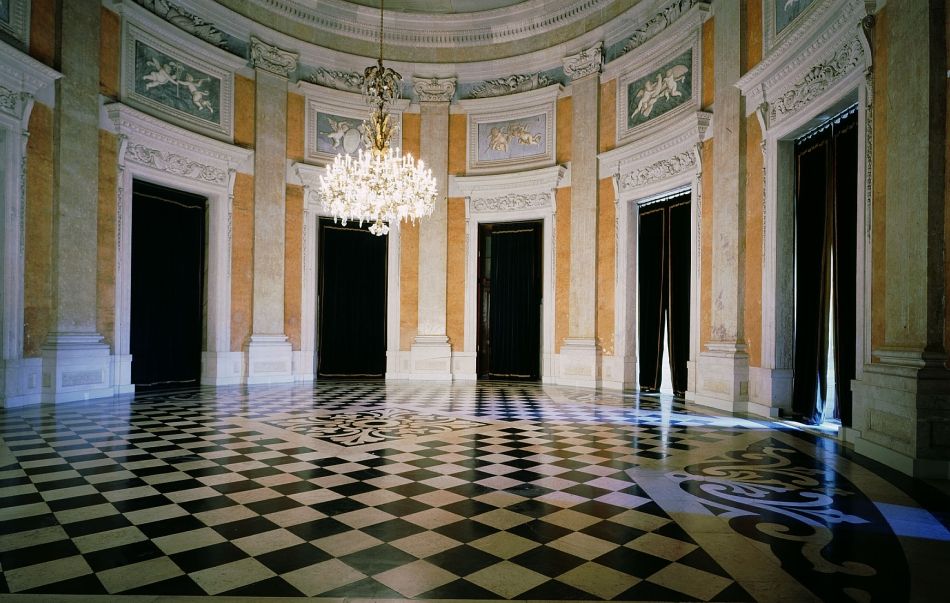Former royal palace and National Monument, it's a magnificent museum and the only palace of public access in Lisbon that still preserves, in a reliable way, the layout and decoration of the rooms dating back to the 19th century, namely the monarchs' quarters and the Throne Room.
Located at the top of Ajuda hill, with a breathtaking view of the Tagus River, the Palace includes collections of decorative arts from the 18th and 19th centuries: jewellery, tapestry, furniture, glass and ceramics, and engraving, sculpture and painting collections, with works by authors such as El Greco, Géricault or Moroni.
A neoclassical building from the first half of the 19th century, it was the official residence of the Portuguese royal family after the reign of D. Luís I (1861-89) up until the end of the Monarchy, in 1910. After 1862, the Palace gained a new life with Queen Maria Pia of Savoy (1847-1911). The layout and decoration of the rooms, by architect Joaquim Possidónio da Silva (1806-96), followed the new standards of comfort and hygiene of the second half of the nineteenth century. Prince D. Carlos (1863-1908) and D. Afonso (1865-1920) were born in this palace; the Council of State gathered here and court ceremonies, balls and banquets were also held here.
In 1910, when the Republic was established and the royal family went into exile, the Palace was closed. The palace opened as a museum in 1968 and still preserves the layout and decoration of the typically nineteenth-century rooms.




